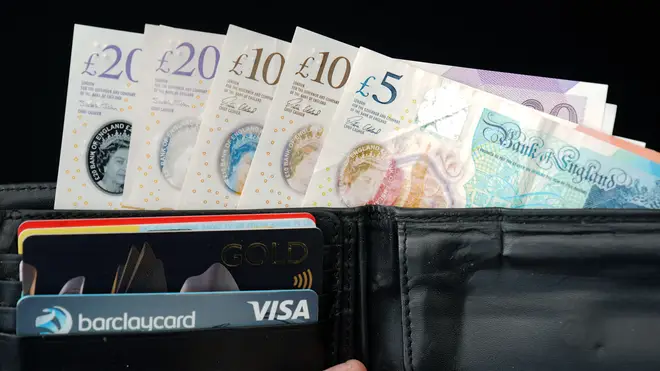
Oli Dugmore 4am - 7am
27 February 2024, 00:04

Across all age groups, shoppers made 231 contactless transactions on average in 2023, Barclays said.
A record 93.4% of in-store card transactions up to £100 were made using contactless in 2023, according to data from Barclays.
The figures were based on Barclays debit card and Barclaycard credit card transactions made by consumers.
Shoppers made 231 transactions on average, spending £15.69 typically each time.
This added up to the typical shopper using contactless payments spending £3,620 via this method over the year.
For the second year running, the Friday just before Christmas (December 22 2023) was the single biggest day for contactless payments, as shoppers picked up last-minute gifts, or enjoyed a few drinks with friends as they clocked off for their festive break.
While contactless is still more popular among younger generations, the gap between older and younger people is continuing to narrow, Barclays said.
In 2023, the proportion of active users among 85 to 95-year-olds (80.1%) passed 80% for the first time.
And for the third year in a row, the over-65s were the fastest-growing group for contactless usage, Barclays said.
A survey of 2,000 people by Opinium Research for Barclays indicated just 3% of over-75s prefer using mobile payments to physical cards – compared with a quarter (25%) of 18 to 34-year-olds who said they prefer to use their phone.
More than a fifth (22%) of people aged 18 to 34 regularly leave their wallet behind when out shopping in favour of paying with their smartphone, compared with just 1% of over-75s.
Karen Johnson, head of retail at Barclays, said: “In 2024, we expect to see a greater shift to payments using mobile wallets, as more bricks-and-mortar businesses integrate the technology into their customer experience.
“Many of our hospitality and leisure clients are finding success by giving customers the ability to order and pay from their table by scanning a QR code.”
Nearly a fifth (18%) of people surveyed admitted they have trouble remembering their Pin when prompted.
But when buying items over £100, four-fifths (78%) said that Chip and Pin is one of their top choices.